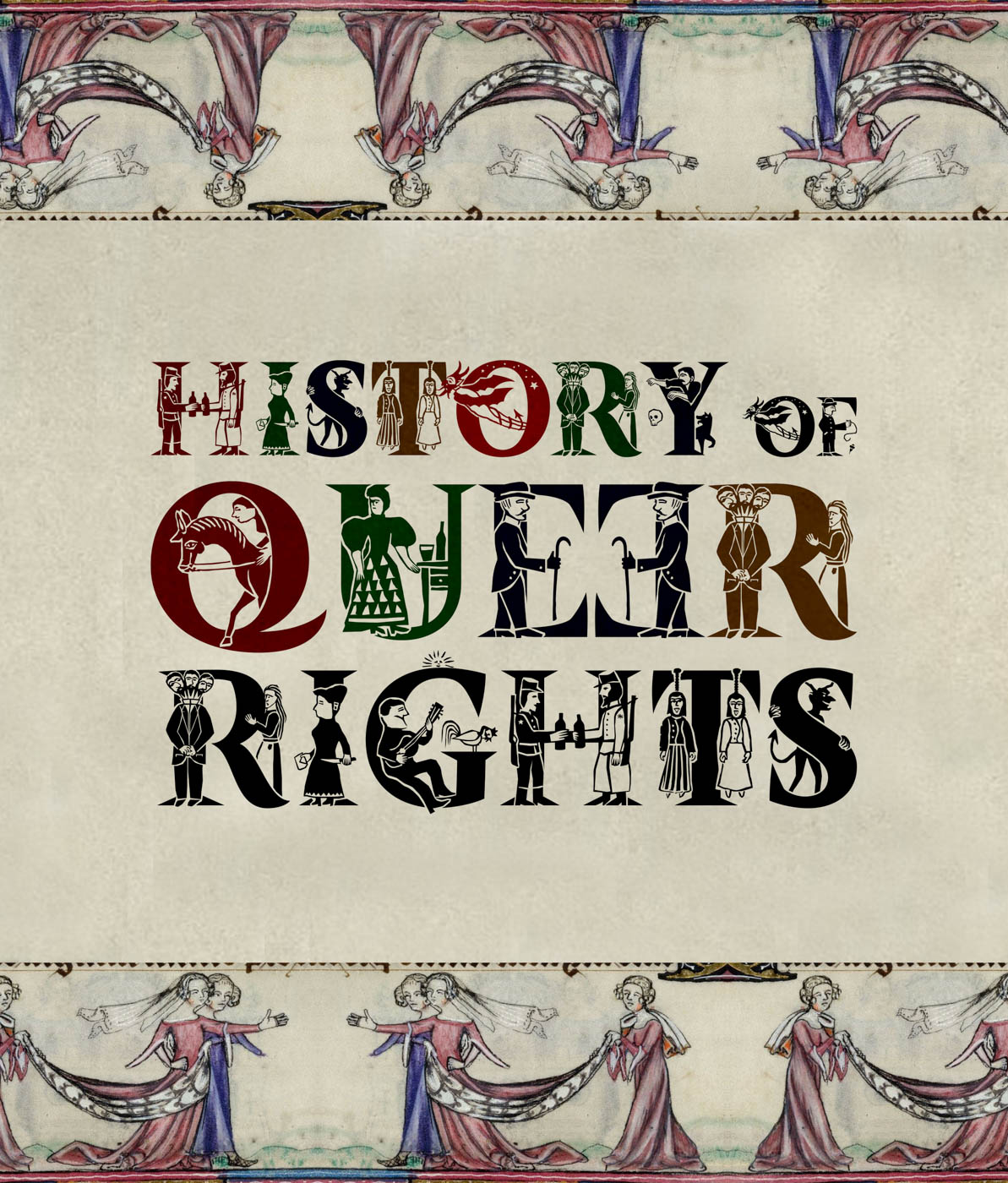
Though you may know Pride Month to be in June, there are proud reasons why Aotearoa’s is in February. If you are looking for a refresher or need a full debrief, here’s a timeline of our country’s LGBTQ+ revolution.
Pre-colonisation, tangata whenua were widely accepting of what we now call the LGBTQ+ community. In te reo Māori they had words to describe queerness and different gender identities. Takatāpui is an identity for queer and genderqueer tangata whenua, which is still used to this day.
The arrival of The Crown complicated things greatly, including for takatāpui. In 1840 all British laws were adopted in Aotearoa, for gay men this included “buggery” (man/man anal sex) being a capital offence. By 1893 all kinds of sexual activity between men became criminalised. It’s important to note that sexual acts between women were never criminalised (let’s go lesbians).
A beauty was born in 1962: The Dorian Society. This was a more organised safe space where queer men could meet and with time the society became advocates for queerness, though this remained discreet. By 1967 the New Zealand Homosexual Law Reform Society was founded, these guys were louder and prouder about their advocacy for gay rights.
1972 saw Aotearoa’s first organised pride event “Gay Day”. Held in Auckland, this was a public event that began the Gay Liberation Movement.
With the rise of protests and pride events, a petition for homosexual law reform was created in 1985 which was signed by 50,000 people. This bill was passed in July of 1986 with 65 to 55 votes. This bill no longer criminalised men over the age of 16 for participating in same-sex sex. However, discrimination on the grounds of sexuality was still legal.
1985 was also the birth of the New Zealand AIDS Foundation which had its first safe sex campaign in 1986. Another revolutionary moment in LGBTQ history occurred in 1986 with the birth of the first trans rights group, Transgender New Zealand.
Post homosexual law reform bill, pride events rose in popularity. Aotearoa saw Wellington’s Gay and Lesbian Fair, Hero, and Big Gay Out (and more) debuting their pride events. Hero pride parade is the reason we celebrate pride month in February, its presence was pivotal for queer coverage nationally.
The seriousness of AIDS became a pressing issue therefore Aotearoa hosted its first AIDS conference in 1987 leading to open HIV testing in 1988. This snowballed into a law against discrimination based on HIV/AIDS in 1993, antiretroviral therapy access in 1996, PrEP in 2012 and PrEP becoming publicly funded in 2017.
Chris Carter was a well-known name in 1993, as he became the first out gay Member of Parliament. He faced insane amounts of backlash and homophobia however he paved the way for MPs to come.
1993 was a big year for LGBTQ+ rights as the right to change your gender marker was introduced for transgender people. And in 2009 our third gender option was introduced.
In 2002, hate crime laws protecting sexuality and gender identity were created.
Our government introduced civil union rights in 2004 which allows unmarried couples to apply for a civil union to gain the same rights as a married couple. Queer couples saw this as a cop-out for legalising same-sex marriage therefore most didn’t engage.
It wasn’t until 2013 that Aotearoa legalised same-sex marriage with the passage of the Marriage Amendment Act. The same year, however, same-sex couples were granted the right to adopt.
Conversion therapy was banned in 2022 for those under 18 or for people who are unable to make informed decisions. With this bill, it protects people from harmful practices based on their sexuality or gender identity.
Before 2023, the process to apply to change your gender marker was lengthy and not only needed surgical transition but also required family court. Now, gender self-identification is grounds to get your gender marker changed. All that is needed is a self-application for consideration.
And there you have it! A whirlwind tour through Aotearoa’s LGBTQ+ revolution, from pre-colonial acceptance to a shit load of hardships to today. Just remember, whether you’re waving a pride flag in February or June, the important thing is to wave it with pride. After all, in the grand parade of progress, New Zealand has marched to the beat of its own fabulous drum, proving that love truly knows no season.